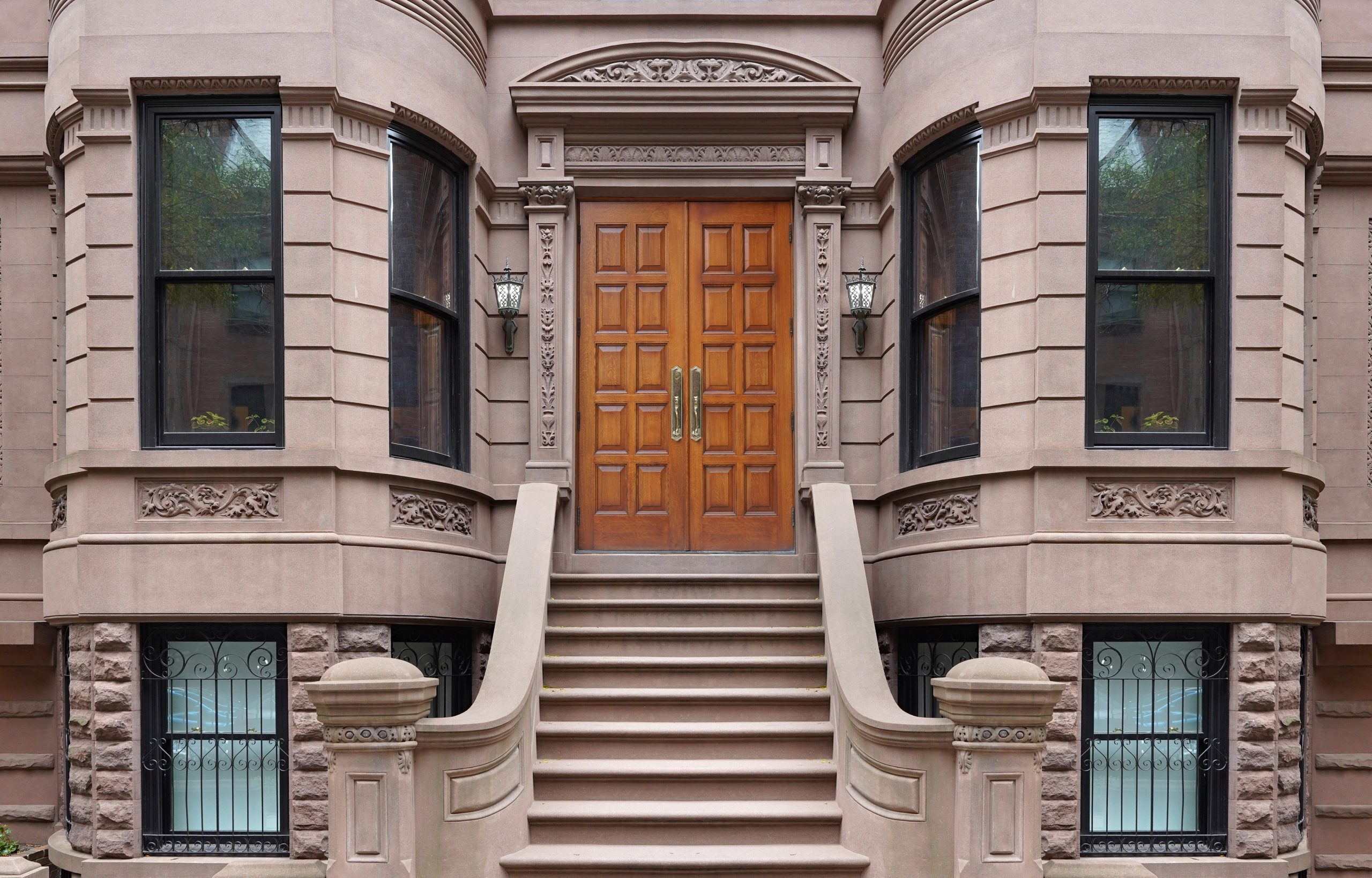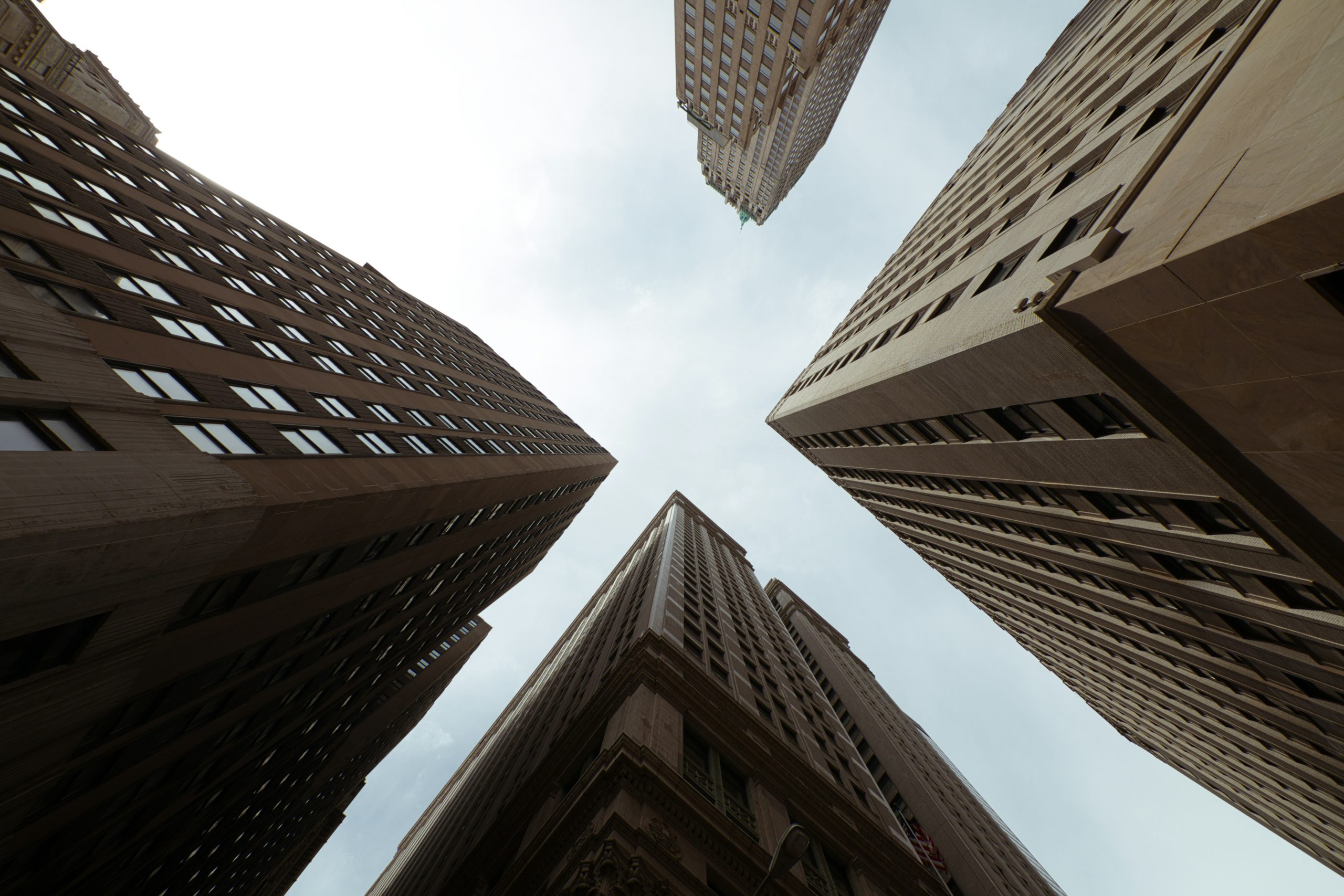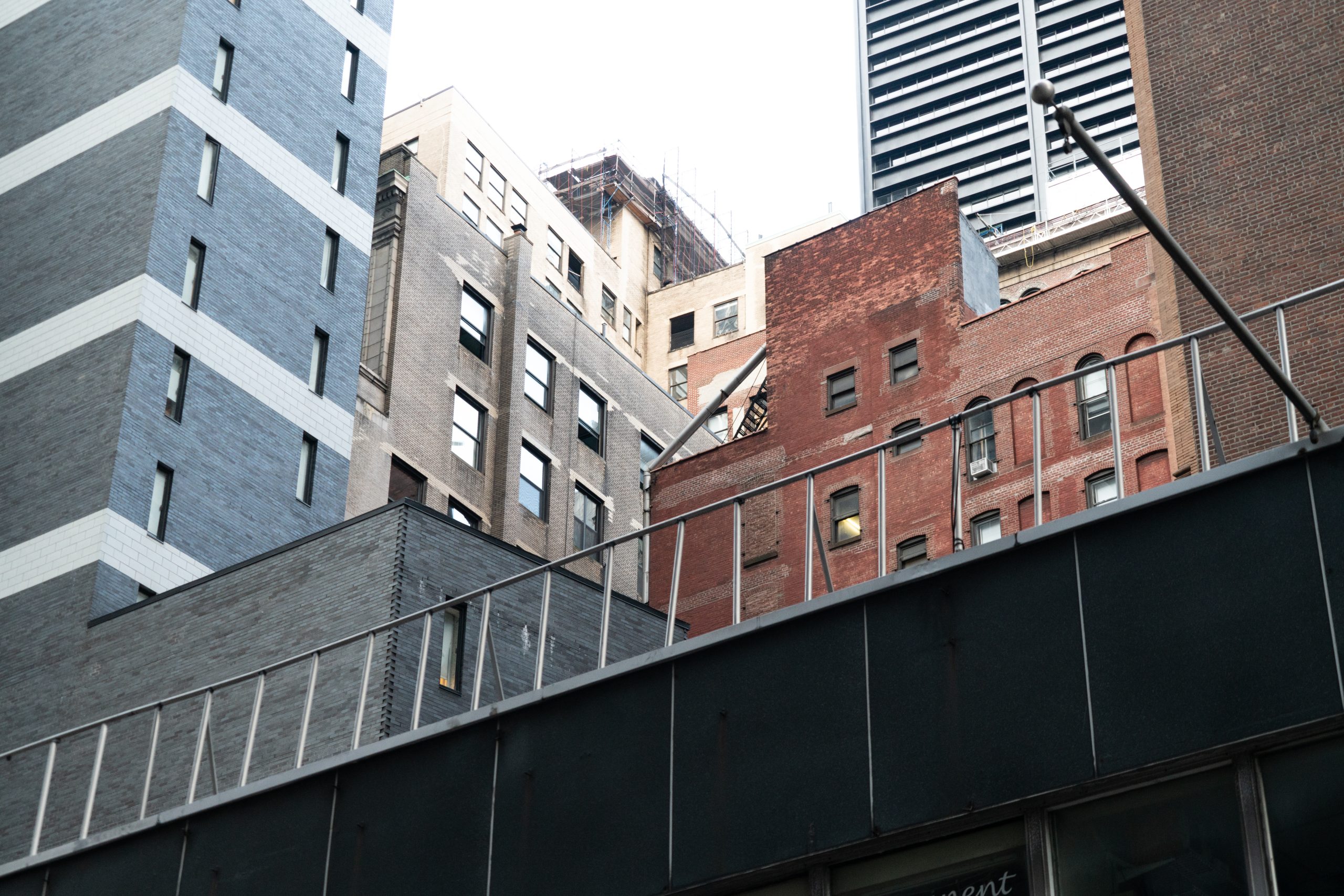The Sad Fate of Small Owner-Occupied Multifamily Buildings
February 16, 2020
I have seen three matters like the one I describe below, so its time for a blog post on the topic of what happens to a Rent Stabilized apartment, which is long “owner occupied”.
A good portion of my practice is consulting – Rent Stabilization Due Diligence for Multifamily Buildings. I often perform this service on small buildings, which I consider to be between six and twelve units. Many of these small building referrals come from transactional lawyers, when their clients are picking up a beautiful building for what seems like a too-good-too-be-true price, and they are suspicious about the regulatory status. Other of these referrals come from estate lawyers, when the building is moving between generations and the inheritors wish to understand what they have inherited. Or sometimes the work comes directly from the owners themselves, after a long period of dormancy when they decide that this is the year they will focus on their building’s future.
Whatever the source of the work, small buildings (again, between six and twelve units) often have many apartments that have long been “owner occupied”. “Owner occupied” is a term-of-art in the Rent Stabilization field. Under the Rent Stabilization Law, owners are required to register all Rent Stabilized apartments initially and then annually with the New York State Division of Housing and Community Renewal (“DHCR”) and to provide tenants with a copy of the annual registration. Rent Stabilization Code (“RSC”) § 2528.3.
Many owners who live in their own buildings neglect or abandon altogether the DHCR annual registration requirements. If they do register the owner-occupied units, they list them as “Owner Occupied” or “Vacant” or “Temporarily Exempt”. They often list the apartments in this way, even if their adult children or close family friends, who are living in an apartment, are paying rent. The assumption, I suppose, is that there is no good reason for maintaining the registrations for an apartment that is not being rented to a member of the public.
I also often note that when the owner (or new owner) looks at the DHCR Rent Roll Registration Report for owner-occupied units, they make the specious assumption that such units have been deregulated, i.e. that the units are no longer subject to Rent Stabilization. This is almost always not the case. Just because an owner has not paid attention to an apartment for a very long time, does not mean that the apartment magically deregulated itself along the way.
Owner’s use (another term-of-art that means owner-occupied) is only a temporary exemption from Rent Stabilization. Healy, DHCR Adm. Rev. Docket No. GX410004RK (3/18/19) LVT Number: #30135; Gordon v. 305 Riverside Corp, 93 AD 590 (1stDept. 2012). If the apartment is to be rented to the public again, the exemption goes away and the apartment resumes its Rent Stabilized status.
How can an owner know what the legal rent is for the apartment put back on the market after a long period of owner’s use? RSC § 2526.1(a)(3)(iii) states:
“Where a housing accommodation is vacant or temporarily exempt from regulation pursuant to section 2520.11 of this Title [applicability] on the base date, the legal regulated rent shall be the prior legal regulated rent for the housing accommodation, the appropriate increase under section 2522.8 of this Title [rent adjustments upon vacancy], and if vacated or temporarily exempt for more than one year, as further increased by successive two year guideline increases that could have otherwise been offered during the period of such vacancy or exemption and such other rental adjustments that would have been allowed under this code.”
It should be noted that the rule was different prior to January 2014, where the first rent after a period of owner occupancy could be a market rent, albeit for a Rent Stabilized tenant. See Healy, DHCR Adm. Rev. Docket No. GX410004RK (3/18/19) LVT Number: #30135; Gordon v. 305 Riverside Corp, 93 AD 590 (1stDept. 2012). In other words, prior to 2014, a period of owner occupancy would have likely boosted the rent for the next real tenant, but it would not have deregulated the apartment. But I digress…because it is now 2020, and the rule has long been different.
What, the client always asks, about the money I put in back-in-the-day for Individual Apartment Improvements (another term-of-art)? Do the IAI’s not boost the rent? Assuming you could prove IAI’s completed many years ago (the client likely cannot), any IAI increases you seek to apply today must be applied according to the Housing Stability and Tenant Protection Act, which allow for very limited rent increases via IAI’s.
Therefore, when I do an analysis on an apartment that has long been Owner Occupied or Temporarily Exempt, I usually must tell the client that there is no chance that the apartment is not Rent Stabilized and I must calculate the next possible Rent Stabilized rent based on the above described formula – a vacancy increase that would have been applicable at the time, plus all applicable two-year Rent Guidelines Board increases. That generally does not boost the rent as much as the client would like.
What is the lesson for tenants reading this post? If you pull your DHCR Rent Roll Registration Report and you see a long period of entries that say “Owner Occupied” or “Temporarily Exempt”, then the way to calculate the legal rent should be consistent with the above formulas in this post. If the rent is not consistent with these formulas, your landlord might be overcharging you and might owe you money. For this, there is my Rent Stabilization Coverage Analysis for Tenants product.
Respectfully submitted,






